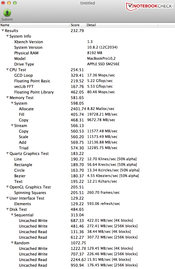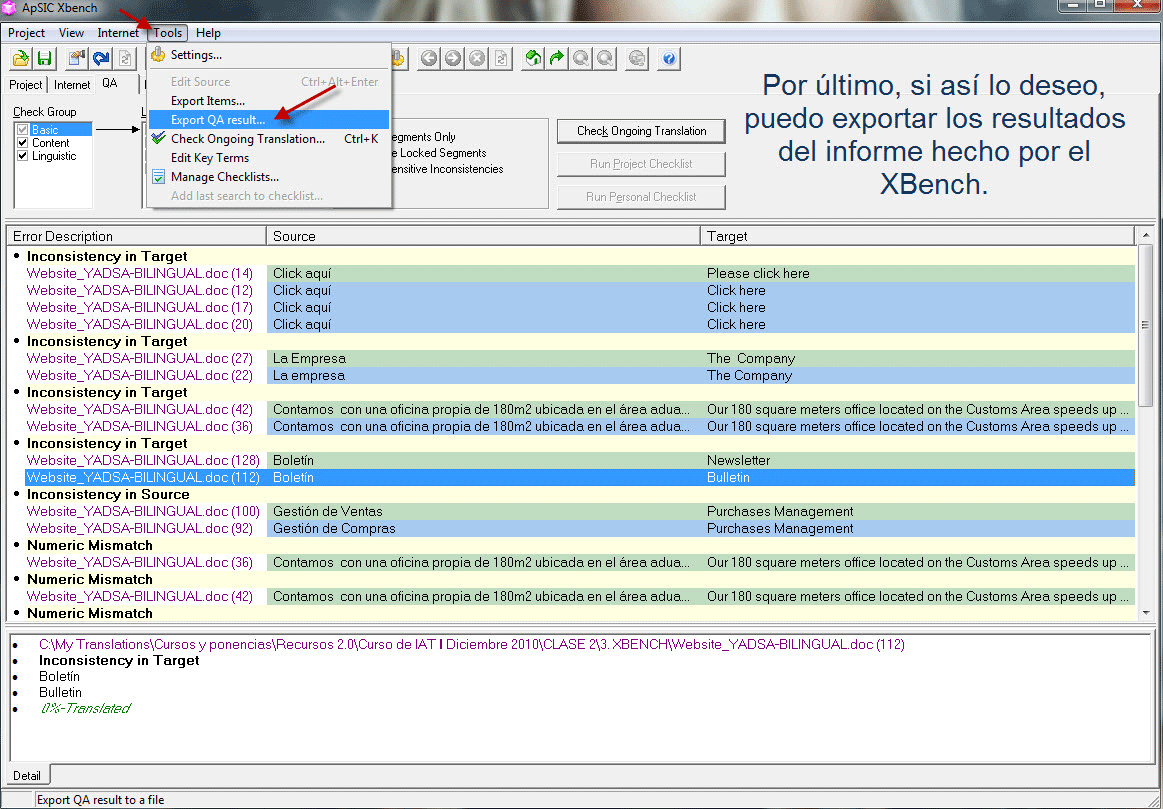
Xbench 1.3 how to#
If you know how to unmount RAID volumes in Terminal, and reverse this whole process and recover the ram, please post. (When you run top after ejecting the disks in the Finder, you'll see two diskimages processes in the list.) You could use kill -9 PID_of_disk_images to kill the processes, but I am not sure how cleanly this works. you just eject them in the Finder), they will stay online and linger in RAM. When you're done, you can use Disk Utility to delete this RAID set. $ diskutil createRAID stripe SpeedDisk HFS+ /Volumes/r1 /Volumes/r2 $ diskutil erasevolume HFS+ "r2" `hdiutil attach -nomount ram://4661720` $ diskutil erasevolume HFS+ "r1" `hdiutil attach -nomount ram://4661720` To create two 2.2GB RAM disks, striped as a RAID volume (making the OS see 4.18GB as a RAM disk), use these commands: Eject this disk like normal when finished and you will be good to go. To create a 2.2GB RAM disk (the largest possible, I think - any larger and you may get memory allocation errors and it will fail), run this Terminal command:ĭiskutil erasevolume HFS+ "r1" `hdiutil attach -nomount ram://4661720` ĭivide the last number (which is the size of the disk in blocks) if you don't have enough RAM (keep at least 1GB free) left for the OS. I got this idea from running whole Linux distributions booted completely into RAM, and loving the immense speed.įirst make sure you have enough RAM for this hint! You computer will slow to a crawl if you don't have enough RAM for the size of the RAM disk you want to make.

I routinely use 10GB ram disks on my cluster machines, as it makes things ridiculously fast. So I came up with this method to create a RAM disk larger than 2GB: make multiple RAM disks and RAID stripe them! If you have enough RAM, give this a shot.

I also can't make multiple RAM disk images with Esperance DV. However, as far as I know, both programs only allow the disk image to be approximately 2GB, and I have tried everything to make this limit disappear, with no luck.
Xbench 1.3 for free#
Esperance DV does the exact same thing as ramBunctious, but for free and with better options and a better interface. You can create RAM disks with the $25 ramBunctious, or the free Esperance DV. In short, a RAM disk is good for anything that you don't want your hard drive to be involved in -crunching huge numbers, etc. Uses: Scratch disk for iShowU and other screen capture programs scratch disk for any program (especially Shake, Photoshop, After Effects) particle disk cache in Maya PFTrack, etc. It was much more optimized than my own, except that mine uses the maximum allowable RAM disk size, and adds RAID functionality. I cant find the original post that had the initial RAM disk creation scripting, but I give huge props to the person that initially posted it. So instead, here is a method using the built-in tools in Leopard.
Xbench 1.3 mac#
Xbench 3.There isn't a 64-bit RAM disk Mac application that will allow creation of RAM disks larger than 2.2GB (or maybe I haven't found it yet, as Google comes up with nothing useful). Order Now for €99/year Order one or more subscription years and define your authorized users with total flexibility.
Xbench 1.3 download#
Download now a fully functional version of Xbench 3.0 and try it free of charge for 30 days. The program's main executable file is labeled XBench. ApSIC Xbench 3.0's complete uninstall command line is C: Program Files (x86) ApSIC Xbench.

ApSIC Xbench 3.0 is commonly installed in the C: Program Files (x86) ApSIC Xbench folder, but this location can vary a lot depending on the user's decision when installing the program. You can add files into the project by clicking Add, or simply by dragging and dropping a file or directory on the Glossary List and then selecting its type and properties in the. The settings defined through this dialog can be saved into the project file (.xbp extension) by using Project-Save As. The Files tab allows you to define the search hierarchy of the ApSIC Xbench project. This product supports a number of input formats including: - Tab-delimited text files - XLIFF files - TMX memories - TBX/MARTIF glossaries - Exported Trados Workbench memories - Exported Trados Multiterm glossaries (version 5 and XML) - Trados TagEditor files. ApSIC Xbench is an integrated reference tool aimed to provide a clear and structured view of the terminology of any translation project.


 0 kommentar(er)
0 kommentar(er)
